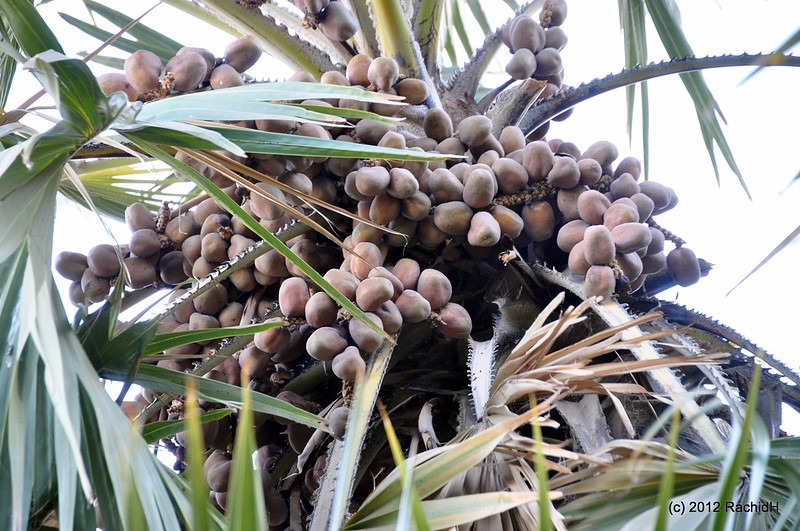By: Toka Omar
The Doum fruit has always been famous among Egyptian children, especially in the last decades. Although it is less commonly used nowadays, it has been part of the Egyptian culture since the pharaonic period. Interestingly, Egypt is one of the native origins of the plant as it grows by the side of the Nile River in Upper Egypt as well as other African countries, such as Sudan and Kenya.
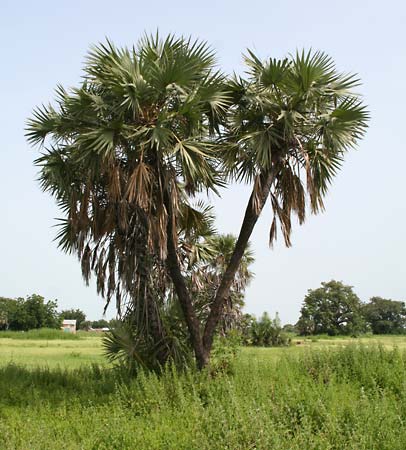
The Doum palms are rich with fibers and nutritional values that can be used in various fields. These trees were traditionally offered in the ancient Egyptian funerals, for example, eight dried doum baskets were found in Tutankhamun’s tomb to provide him with sustenance in the afterlife.
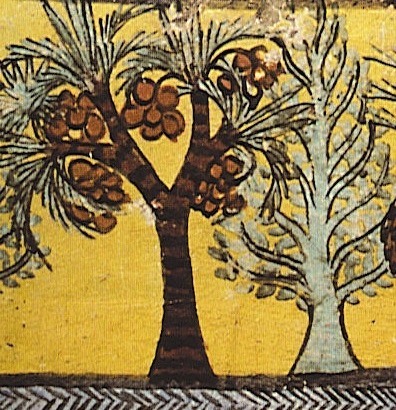
Every part of the doum palm can be used in different ways, the fruit itself contains antioxidants that help in reducing the risk of many diseases like cardiovascular disease and high blood pressure. Besides, the pulp of the fruit is called “vegetable ivory” as it is used to make buttons, small carvings, and artificial pearls. It can also be soaked in water and chewed to control hypertension.
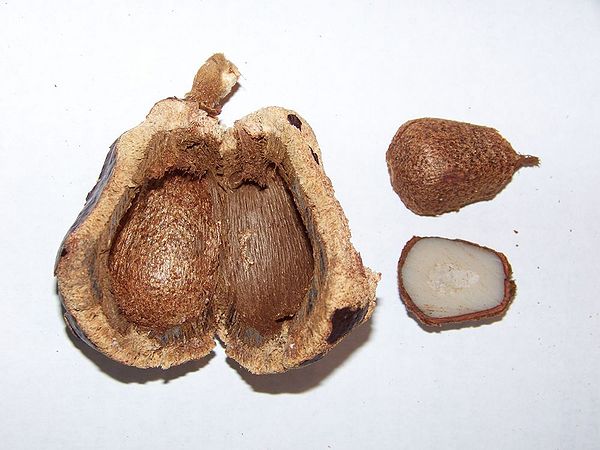
Moving to the leaves, they have multiple uses like in making mats, basketry, textiles, and ropes. Even the roots are used in the treatment of bilharzia and making fishing nets.
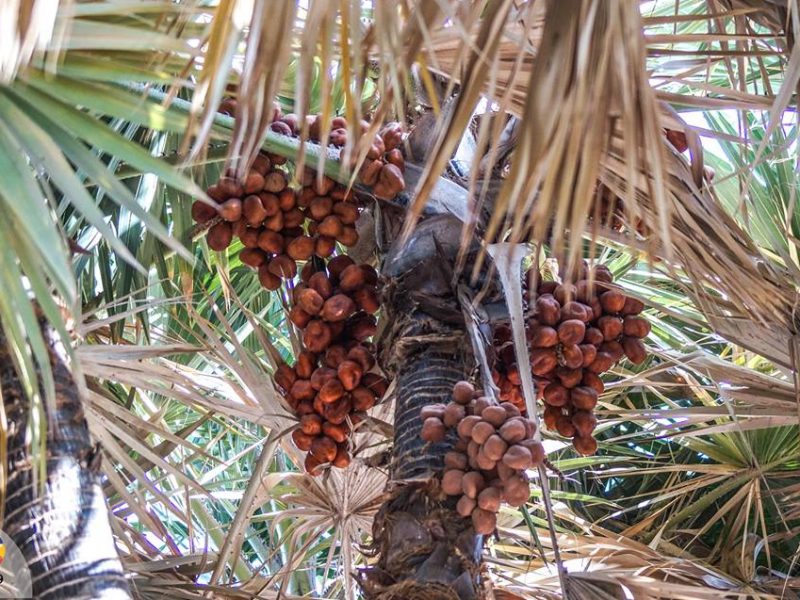
You can find the doum fruit in any market in Egypt, and eating it can be tricky as the shell is so hard to break. Luckily, the fruit is turned into powder, which you can find in any herbalist shop, and you can simply make juice out of it or add it to your water or milk.


